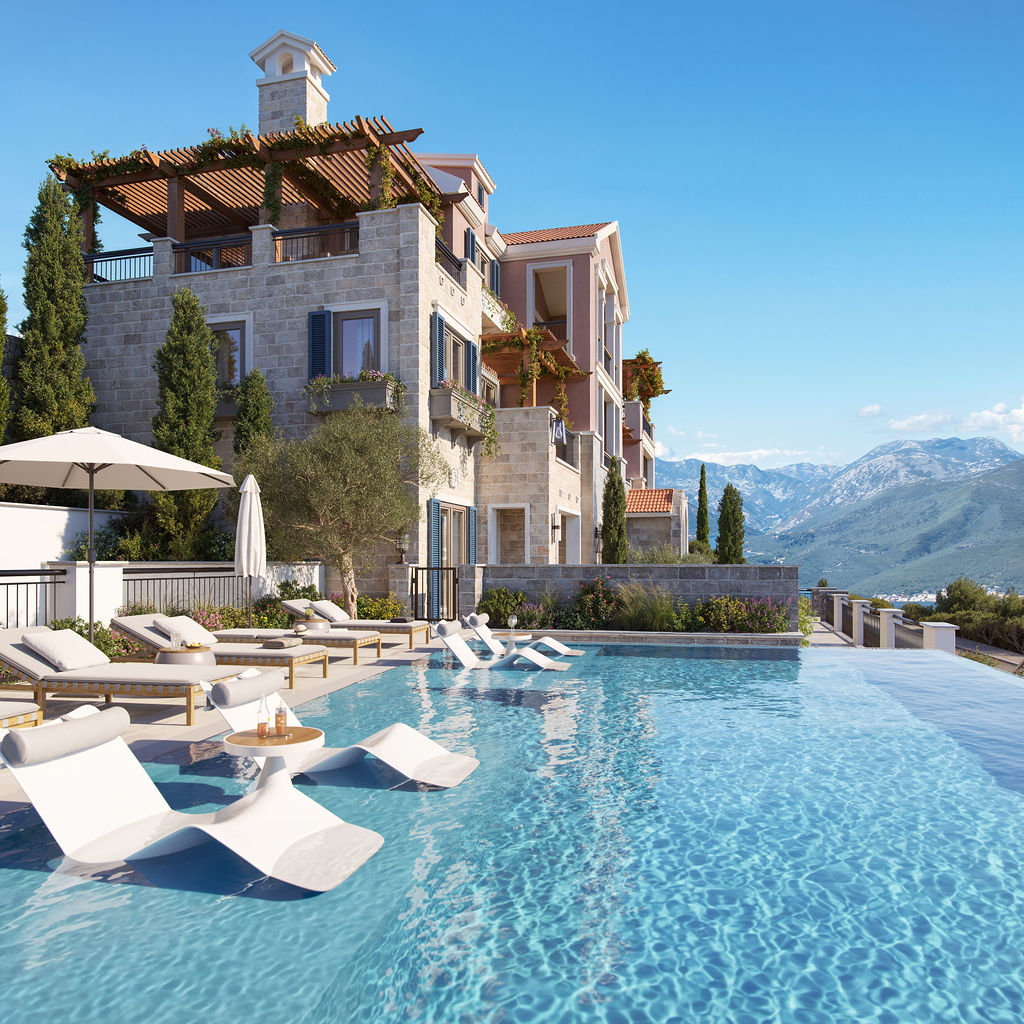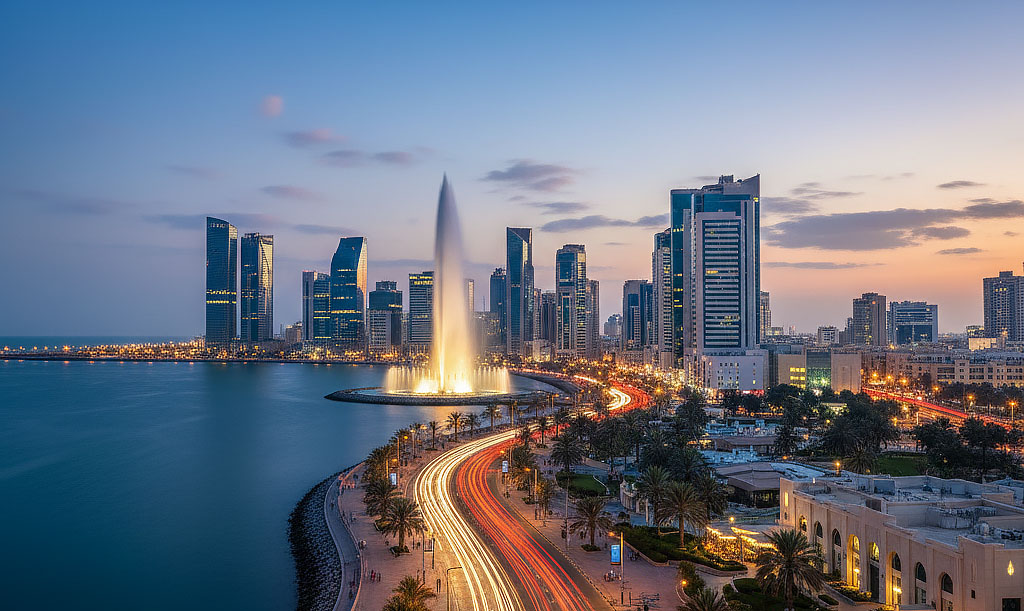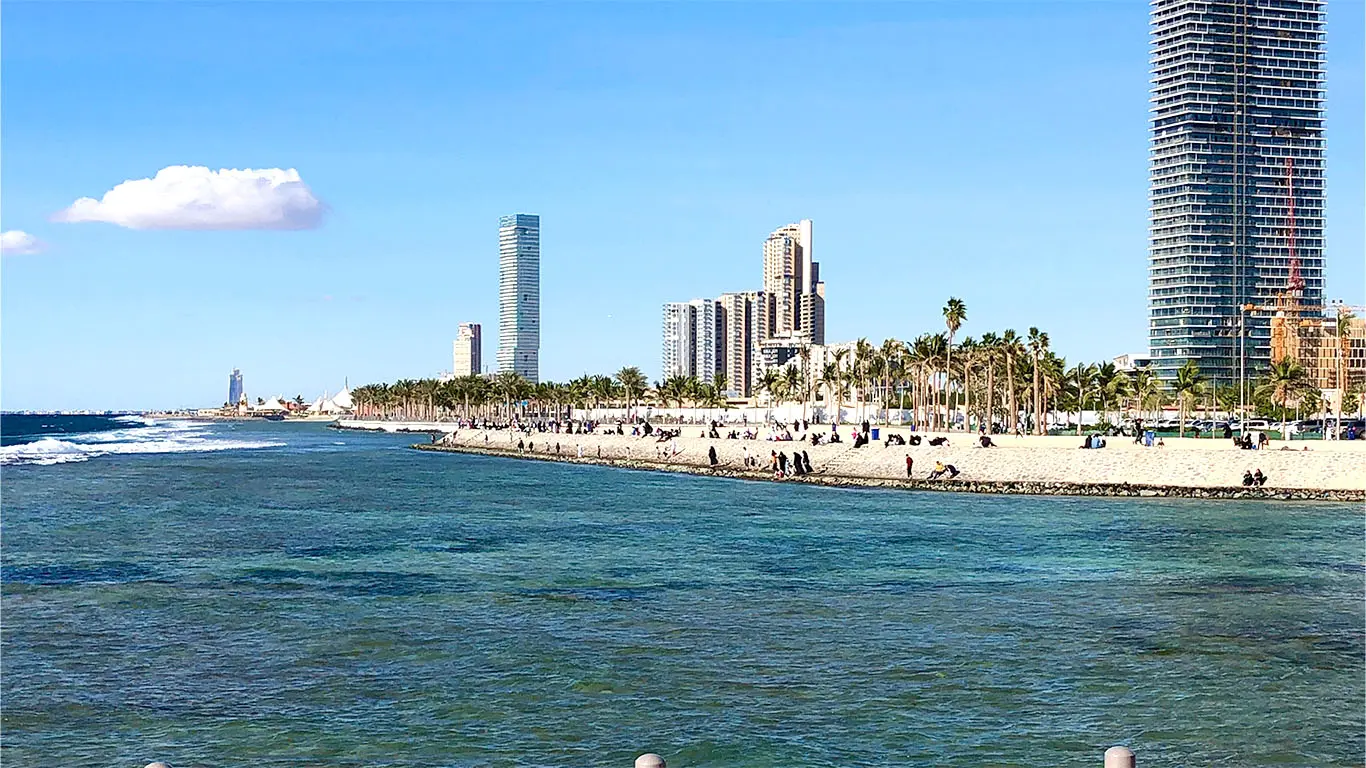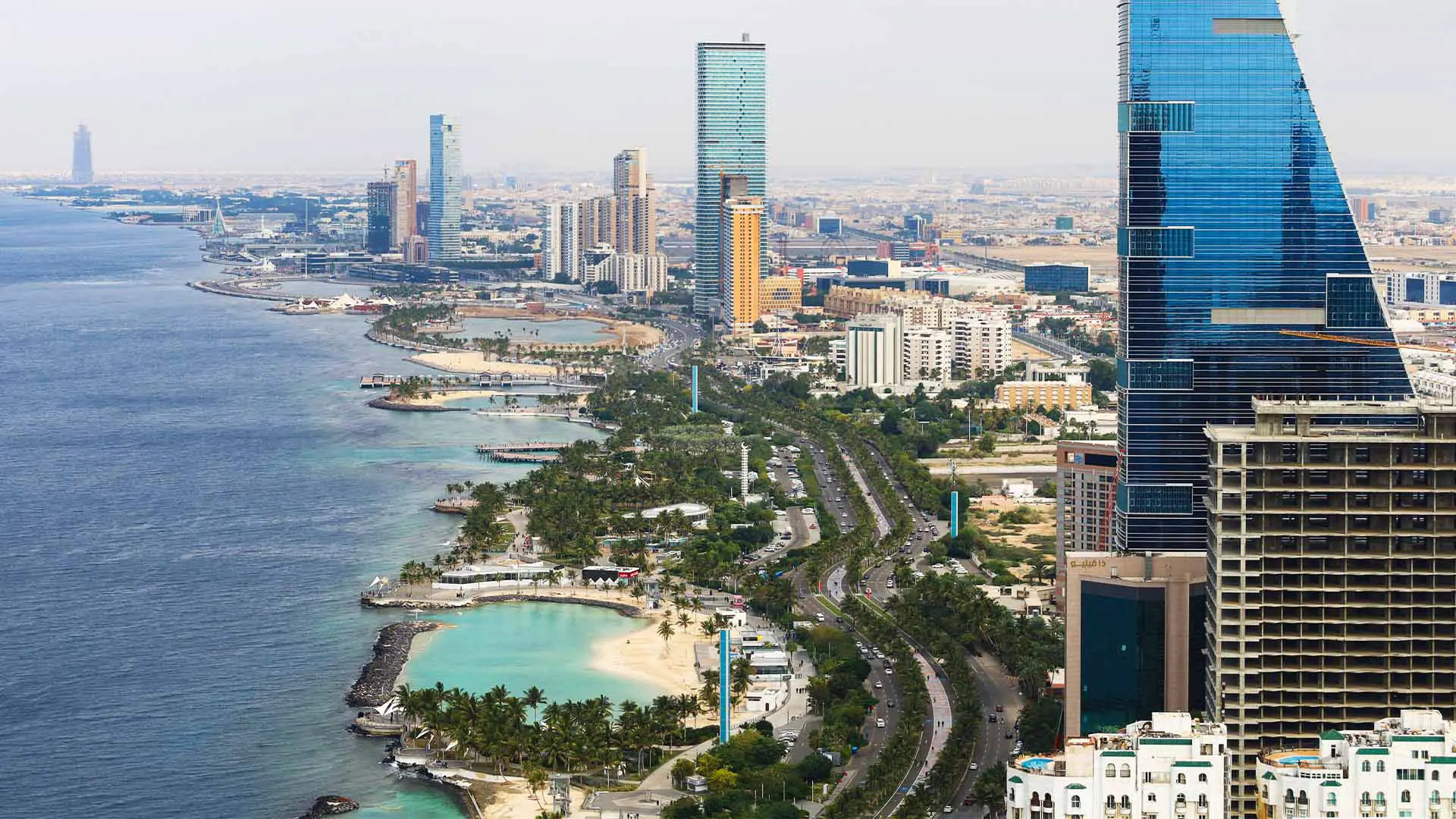
The rising popularity of experiential travel is inspiring a new wave of investors to explore alternative real estate categories. One of the most compelling opportunities in 2025 is the ski hotel. As global travellers seek immersive alpine stays in places like Chamonix, Aspen, and Zermatt, a key question is emerging: are ski hotels a smart investment in 2025?
This report explores the data, investor stories, and lifestyle trends that are driving demand and delivering results.
Why Ski Hotels Are Attracting Investor Interest
Ski hotels are no longer considered niche. The global ski resort market is expected to reach over USD 16.4 billion by the end of 2025, up from USD 14.7 billion in the previous year. This reflects a compound annual growth rate of nearly 12 percent, supported by demand from traditional European and North American travellers as well as the growing middle class in Asia and the Middle East.
These properties are increasingly seen as resilient real estate assets, offering consistent income, long-term capital growth, and global appeal.
Income All Year, Not Just Winter
While winter remains the peak season, leading resorts such as Chamonix now generate as much as 40 percent of lift revenue between May and October. This shift creates a more balanced income profile and reduces seasonal risk.
One example is a UK investor who purchased a boutique hotel in Courmayeur. By introducing wellness retreats and partnering with local tour operators in the off-season, the hotel achieved 80 percent occupancy during the summer of 2024 and generated annual revenue of €300,000.
Prime Alpine Locations Remain Stable
Recent alpine property data shows ski hotels in high-demand resorts appreciated by an average of 3 percent in 2024. Some areas, such as Courchevel 1850, recorded growth as high as 9 percent.
Swiss resorts outperformed French ones due to currency strength and stricter planning regulations. Destinations like Zermatt, Saas-Fee, and Val d’Isère continue to attract premium buyers because of their altitude, snow reliability, and infrastructure investment.
In Saas-Fee, hotel prices range from CHF 8,000 to 16,000 per square metre. By comparison, Verbier averages over CHF 30,000 per square metre, which makes Saas-Fee a compelling option for value-conscious investors.

Sustainability Is Now a Core Factor
Eco-conscious design and operations are becoming critical to guest satisfaction and repeat business. Guests increasingly favour resorts that align with their environmental values, from electric ski shuttles to energy-efficient buildings.
One investor in Whistler retrofitted their ski hotel with solar panels and EV charging stations. This reduced energy costs by 25 percent and positioned the property as a leader in eco-tourism. The upgrades helped secure a steady 5 percent net annual yield and a growing base of loyal customers.
Chamonix and other major resorts have also made major investments in renewable energy and public transport, reinforcing their long-term appeal to sustainability-focused travellers.
Expansion Beyond the Traditional Markets
Investor attention is no longer limited to Europe and North America. In Japan, visitor numbers to Niseko rose by 20 percent in 2024. In South America, Chile’s Valle Nevado is gaining recognition among travellers from Australia, the United States, and the Middle East.
However, new markets require careful analysis. In Japan, rapid development in towns like Myoko has triggered pushback from local communities. Investors need to consider long-term environmental and cultural impacts before committing to emerging destinations.

Real-World Case Studies
One of our clients purchased a boutique hotel in Les Deux Alpes under a leaseback arrangement. In 2024, she achieved a 4.5 percent rental yield while using the property personally during peak ski weeks.
Another investor in Whistler transitioned his ski lodge into a year-round wellness hotel. By offering summer activities such as electric mountain biking and guided hiking tours, the property generated 35 percent of its annual income outside the traditional winter season.
Five Key Investment Considerations
1. Location remains critical
Properties near airports, snow-sure slopes, and modern lifts tend to hold their value and attract premium guests.
2. Year-round appeal strengthens income
Resorts with summer activities like hiking, cycling, wellness, and cultural events outperform winter-only destinations.
3. Strong operators add real value
Professional hotel management ensures high occupancy, consistent service, and long-term brand strength.
4. Climate resilience is essential
High-altitude resorts are investing in snowmaking and lift infrastructure, making them more attractive in the long run.
5. Regulations and ownership laws vary
Understanding tax implications, foreign ownership restrictions, and property rights is key before entering any market.

Regional Investment Snapshots
French Alps
Ongoing infrastructure projects in Alpe d’Huez and Megève are lifting values. Boutique hotel properties can start from €400,000, with net yields between 3 and 5 percent.
Switzerland
Saas-Fee and Crans-Montana combine alpine charm with Swiss regulatory stability. Hotel stock is limited but in high demand, especially in high-altitude zones.
North America
Vail, Whistler, and Aspen remain global benchmarks for ski tourism. These destinations benefit from brand prestige and international flight connectivity.
Asia and South America
Niseko continues to attract global capital. Meanwhile, Chilean resorts such as Portillo and Valle Nevado are becoming attractive for investors seeking seasonal diversification.
Final Thoughts: More Than Just a Winter Asset
Ski hotels in 2025 are offering more than just holiday experiences. They are increasingly viewed as income-producing, lifestyle-aligned investments backed by solid fundamentals.
From improved climate resilience to growing year-round tourism, the ski hospitality sector is evolving fast. With the right location, management, and strategy, ski hotels can offer strong long-term value for investors who are seeking returns along with personal enjoyment.

Become a member to Access our full network. The ultimate community for global investors.

























